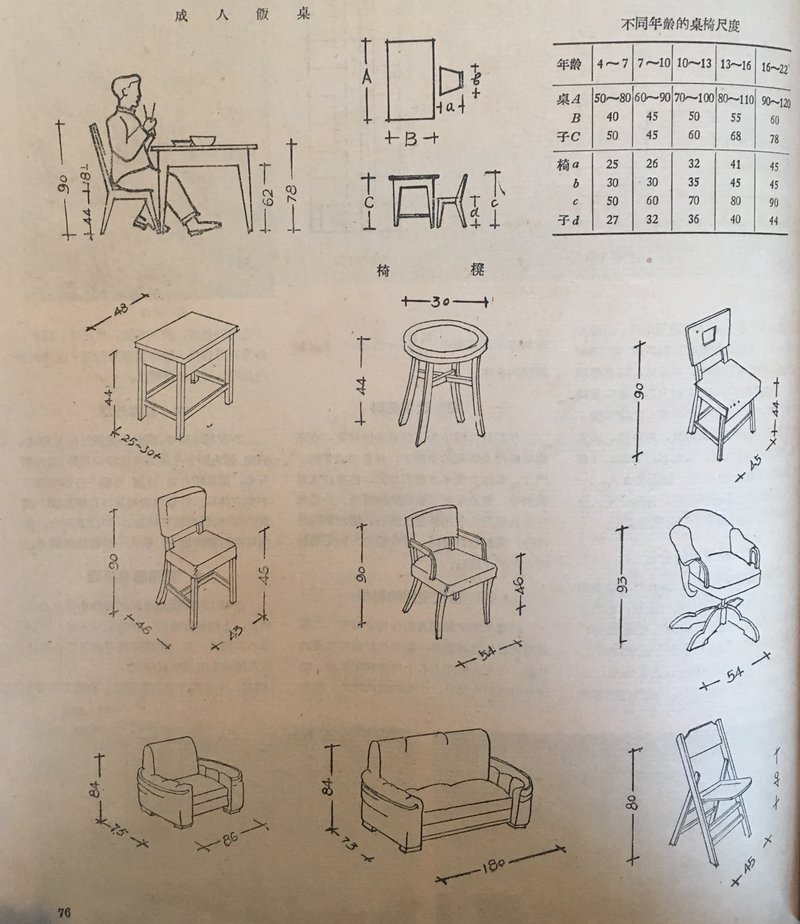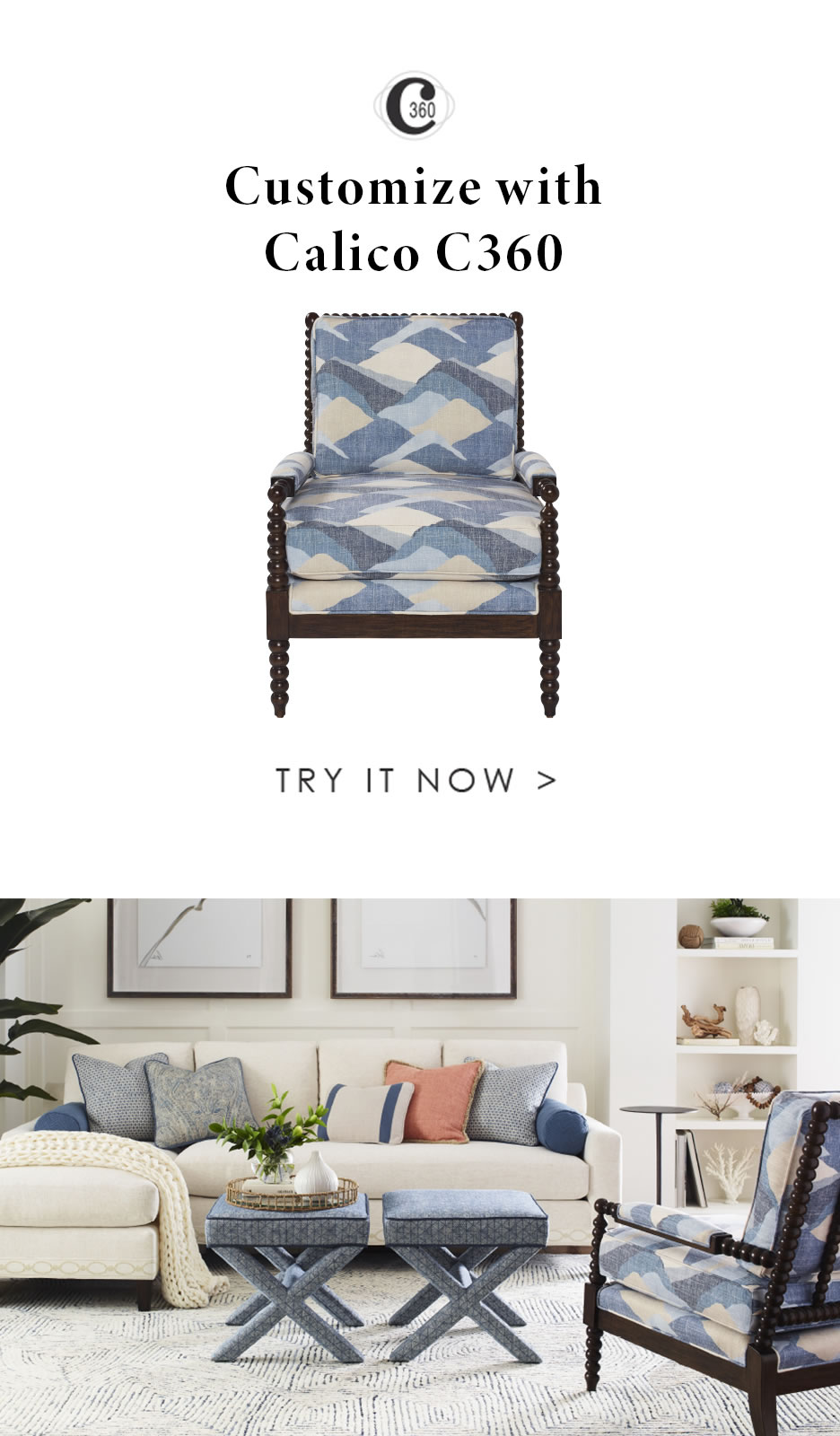Accurately measuring angles is crucial for successful furniture design. Without precise measurements, pieces may not fit together correctly.
Designing furniture requires more than just a vision; it demands precision. Angles play a vital role in ensuring that each piece aligns perfectly, creating a sturdy and visually appealing final product. Understanding how to measure angles accurately can save time, materials, and effort.
Whether you are a novice or an experienced designer, mastering the basics of angle measurement can significantly improve your work. In this guide, we will explore simple, effective methods to measure angles, ensuring your furniture designs are both functional and beautiful. Let’s dive into the essentials of getting those angles just right.

Credit: maoeraobjects.ac.uk
Importance Of Precision In Furniture Design
Precision is crucial in furniture design. Accurate measurements ensure each piece fits perfectly. This precision affects both functionality and aesthetics. Even a small error can lead to big problems. Proper angle measurements are vital for stable and attractive furniture.
Impact On Stability
Stability is key in furniture. Incorrect angles can cause wobbling or tipping. Precise measurements ensure all parts fit well. This makes the furniture safe to use. Poor stability can lead to accidents. So, always measure angles carefully.
Aesthetic Considerations
Angles also affect the look of furniture. Symmetry is important for a pleasing design. Incorrect angles can make the furniture look odd. Proper measurements help maintain balance and beauty. Good design requires attention to detail. Precision brings harmony to the overall look.
Basic Tools For Measuring Angles
Measuring angles accurately is crucial in furniture design. Precision ensures that pieces fit together perfectly. Using the right tools can make this task easier and more efficient. Let’s explore some basic tools for measuring angles.
Protractors
Protractors are essential for measuring angles. They are semi-circular instruments marked with degrees from 0 to 180. Place the protractor on the angle vertex. Align the baseline with one side of the angle. The other side will point to the degree measurement.
Protractors come in various sizes and materials. Plastic and metal protractors are common. Some have moveable arms for more flexibility. They are easy to use and widely available. For basic furniture design, a simple plastic protractor works well.
Angle Finders
Angle finders are more advanced tools. They measure both interior and exterior angles. These tools are perfect for odd angles and tight spaces. They have two arms connected by a pivot. The angle is displayed on a scale or digital screen.
Some angle finders use digital technology. They provide precise readings and are easy to use. Place the tool on the angle, and read the measurement. Digital angle finders are great for detailed work. They ensure accuracy and save time.
Basic tools like protractors and angle finders are vital in furniture design. They help achieve precision and quality in your projects.
Advanced Measuring Instruments
Advanced measuring instruments make furniture design precise and efficient. These tools provide accuracy that traditional methods can’t match. They are essential for creating well-fitted pieces.
Digital Angle Gauges
Digital angle gauges are user-friendly. They show exact measurements on a digital display. This helps in achieving perfect angles. These tools are portable and easy to use. Simply place the gauge on the surface and read the measurement. They are ideal for both professional and DIY furniture makers.
Digital angle gauges save time. They eliminate guesswork. Their accuracy ensures high-quality results. They can be used on various surfaces. This makes them versatile and handy.
Laser Angle Measurers
Laser angle measurers offer precision. They use laser technology to provide accurate readings. These tools are great for large projects. They can measure angles over long distances. This is useful for big furniture pieces.
Using a laser angle measurer is simple. Point the laser at the surface and record the angle. These tools are reliable and quick. They ensure every angle is perfect. This results in well-crafted furniture.
:max_bytes(150000):strip_icc()/man20chair-4cca713550434192aa381ec27086b32d.jpg)
Credit: www.woodmagazine.com
Techniques For Accurate Measurements
Measuring angles accurately is crucial in furniture design. Precise measurements ensure that pieces fit together perfectly. This not only improves the aesthetics but also the functionality of the furniture. Here, we will explore some effective techniques for achieving accurate angle measurements.
Using Reference Points
Reference points are essential for accurate measurements. Start by identifying two fixed points on the furniture piece. Use a protractor or angle finder to measure the angle between these points. Ensure the tool is stable and aligned correctly. This helps avoid errors and improves precision.
Marking these points clearly helps during the design process. Use a pencil or marker that can be erased easily. This way, you can make adjustments without affecting the material.
Avoiding Common Mistakes
Avoiding common mistakes can save time and materials. One common error is not leveling the tool properly. Always double-check the tool’s position. Use a spirit level if necessary. This ensures the protractor or angle finder is perfectly horizontal or vertical.
Another common mistake is not securing the furniture piece. Ensure the piece is stable and won’t move during measurement. Movement can lead to inaccurate readings. Use clamps or a stable surface to keep the furniture steady.
Lastly, always double-check your measurements. Measure twice to confirm accuracy. This simple step can prevent costly mistakes and save time. Accurate measurements are the foundation of successful furniture design.
Measuring Angles For Different Furniture Types
Measuring angles accurately is crucial for furniture design. Each furniture type requires different techniques to measure angles. This section will discuss how to measure angles for various furniture types.
Chairs And Stools
Chairs and stools often have angled legs and backrests. Use a protractor to measure the angle of the backrest. Position the protractor at the joint where the backrest meets the seat. Note the angle measurement carefully. Next, measure the angle of the legs. Place the protractor at the point where the leg meets the seat. Record the angle for accurate design.
Tables And Desks
Tables and desks require precise angle measurements for stability. For the legs, use a protractor at the joint where the leg meets the tabletop. Ensure the protractor is level for an accurate reading. Measure the angle and note it down. For desks with angled tops, measure the incline. Place the protractor at the edge of the tabletop. Align it with the top surface and record the angle. This ensures the desk top is correctly angled.

Credit: www.calicocorners.com
Transferring Measurements To Materials
Hey friends, today we’re going to talk about an important step in furniture design – transferring measurements to materials. This is where the magic happens. You take the angles and measurements you’ve carefully planned and put them onto your wood, metal, or whatever material you’re using. Let’s dive into the details.
Marking Techniques
First up, marking techniques. This is all about getting your measurements from paper to your material accurately. You want to be precise here. A small mistake can lead to a big problem later on.
Here’s how I do it:
- Use a Sharp Pencil: A sharp pencil gives you a thin, precise line. This makes it easier to cut accurately.
- Use a Ruler or Straightedge: Ensure your lines are straight. A ruler or straightedge helps with this.
- Double-Check Measurements: Measure twice, cut once. Always double-check your measurements before marking.
When I first started, I didn’t double-check my measurements. I ended up with a table leg that was too short. Lesson learned.
Cutting Accuracy
Next, let’s talk about cutting accuracy. This is where your marked lines turn into actual cuts. You need to be precise here too. Here’s how to do it:
- Use the Right Tools: Different cuts need different tools. For straight cuts, use a saw. For curves, use a jigsaw.
- Follow the Lines: Cut along the outside of your marked lines. This gives you a bit of extra material to sand down for a perfect fit.
- Go Slow: Take your time. Rushing can lead to mistakes. Slow and steady wins the race.
One time, I was in a hurry and didn’t follow my own advice. I ended up with a wobbly chair. Not fun. So, take it slow.
So, there you have it. Transferring measurements to materials is a crucial step in furniture design. Use these marking techniques and cutting tips to make sure your project turns out just right. Happy designing!
Verification And Adjustment
Verification and adjustment are crucial steps in measuring angles for furniture design. Ensuring the angles are precise guarantees a perfect fit and stability in your furniture pieces. This section will guide you through double-checking your angles and making necessary corrections.
Double-checking Angles
After measuring the angles, it’s essential to double-check them. Use a protractor or an angle finder. Confirm each measurement to ensure accuracy. Small errors can lead to significant issues in the final product. Position the tool carefully to match the edges of the materials. Verify that the readings match your initial measurements. Repeat the process to be sure.
Making Corrections
If the angles are off, adjustments are needed. Use a sanding block or a saw to make corrections. Carefully shave off small amounts to refine the angle. Re-measure after each adjustment. Patience is key to achieving perfect angles. Double-check your work regularly. This ensures that all angles are accurate and consistent.
Tips For Consistency
Achieving precision in furniture design requires consistent angle measurement. Consistency ensures each piece fits perfectly. This guide provides essential tips for maintaining accuracy and reliability in your measurements. Read on to discover effective strategies for consistent angle measurement in furniture design.
Maintaining Tools
Always keep your measuring tools in good condition. Clean them regularly to avoid dust buildup. Check for any damages or wear and tear. Replace damaged tools promptly to ensure accuracy. Store tools in a safe, dry place to prevent corrosion or damage.
Regular Practice
Practice measuring angles frequently. This helps you become familiar with your tools. It also improves your technique and accuracy. Start with simple projects to build confidence. Gradually move to more complex designs. Consistent practice ensures reliable results in your furniture design projects.
Frequently Asked Questions
How To Calculate Angle For Woodworking?
Use a protractor to measure and mark the desired angle. Cut along the marked line with a saw. Use a miter saw for precise angles.
What Is The Best Tool To Measure Angles In Woodworking?
The best tool to measure angles in woodworking is a digital protractor. It provides precise and easy-to-read measurements.
Can I Measure An Angle With My Phone?
Yes, you can measure angles with your phone. Use apps like Angle Finder or Measure. These apps utilize your phone’s sensors.
What Do Carpenters Use To Measure Angles?
Carpenters use tools like protractors, speed squares, and combination squares to measure angles accurately.
Conclusion
Measuring angles is crucial for successful furniture design. Accurate measurements ensure perfect fits. Use a protractor or angle finder for precision. Practice improves your skills. Carefully follow steps to avoid mistakes. Correct angles guarantee stability and aesthetic appeal. With these tips, you can confidently design beautiful furniture.
Happy designing!
